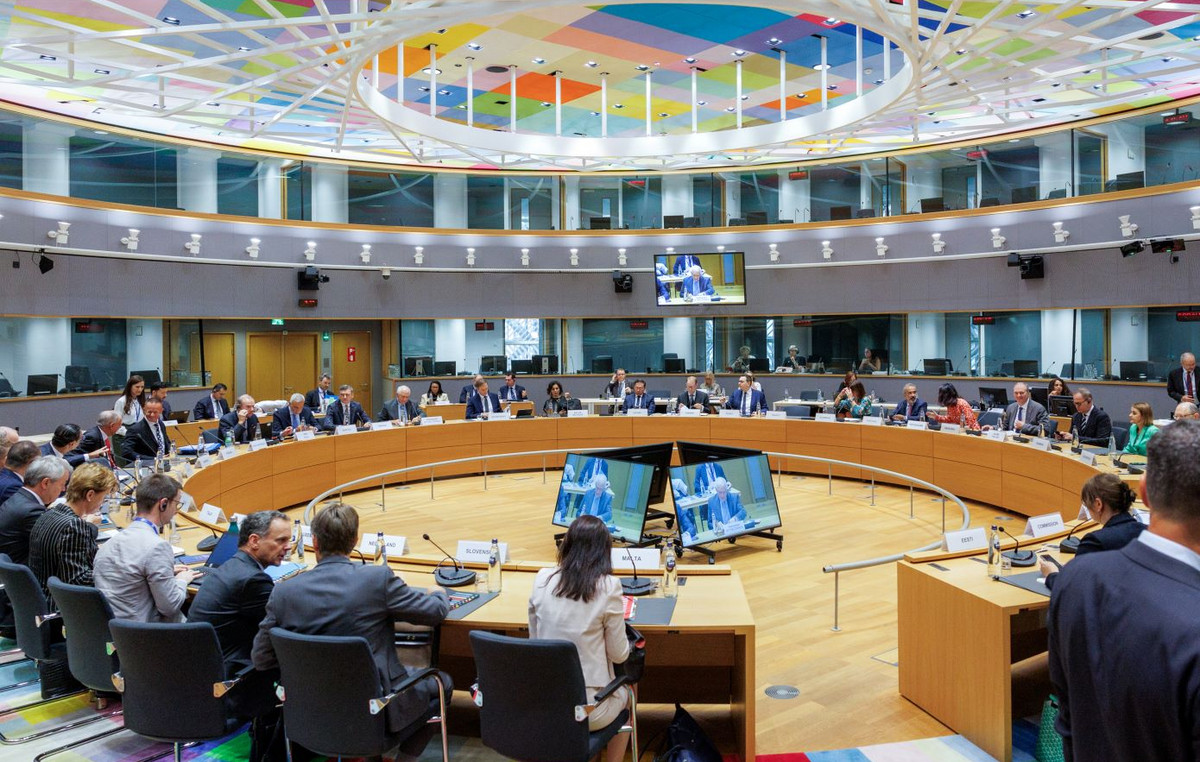Eliminate Covid-19? Many dream of it, the Victoria did it. This state in south-eastern Australia has not recorded any new cases since the end of October. “If you have no new cases for 28 days, you have almost no chance of getting infected in the community,” confirmed to ABC public television the Dr Hassan Vally, epidemiologist at La Trobe University, Melbourne. Cases may of course have fallen through the cracks, but “the more time you spend without finding a new case, the more confident you can be that you have eliminated the virus.”
The Victoria therefore won its battle against the virus, but at the cost of heavy sacrifices. After a national containment in the spring, the State, and especially its capital Melbourne – 5 million inhabitants -, took the full brunt of a second epidemic wave that occurred earlier than in Europe, in July, in the middle of winter in the southern hemisphere. With 400 to 500 new daily cases on average, the local government decided on July 8 to reconfigure the metropolis, then the entire state. The people of Melbourne were again forced to face 112 days of strict confinement until October 28.
26 times fewer deaths per capita than in France
At the height of the second wave in early August, Victoria Premier Daniel Andrews even declared a “state of disaster”, the post-state stage, and mobilized the military to control quarantine measures. Australia however managed the Covid-19 epidemic rather well: it recorded only 908 deaths for 25 million inhabitants, or nearly 26 times fewer deaths per capita than in France. Victoria was particularly affected, concentrating on its own 90% of the deaths of the country while it represents only a quarter of the population.
The second wave now seems to have passed. The last patient hospitalized for Covid-19 in Victoria was released from the hospital on November 23. This Monday, November 30, only eleven new cases had been recorded in 24 hours: nine in New South Wales, one in Queensland and one in the Northern Territory. Of the 68 new cases detected last week, only eight had contracted the virus in Australia, the others having been infected abroad. The state of South Australia has detected a cluster of around thirty cases in mid-November and decided on a very strict six-day containment to break the chain of contamination, but lifted it three days earlier than expected by not seeing any new cases outside of those in quarantine.
The compulsory vaccine?
States neighboring Victoria, which had mostly closed their borders to protect themselves from the second wave, are starting to lift their restrictions. Flights from Melbourne to Sydney resumed Monday, November 23, greeted with joy by lifeguards of the famous Bondi Beach and drag queens, allowing a long-awaited reunion between families and couples separated by the virus for several months. Tasmania also reopened its border this week; Queensland and South Australia plan to do so from 1is December.
The challenge for the mainland country is now to ensure that the virus, which hardly circulates any more on its territory, is not imported there again. Authorities may in the future require foreign visitors to be vaccinated or undergo a period of quarantine. The Australian airline Qantas will in any case require its passengers to be vaccinated.
For Australians, the vaccination campaign should begin in March 2021. In mid-August, Prime Minister Scott Morrison had spoken in favor of compulsory vaccination. “There are always exemptions from vaccination, for medical reasons, but that should be the only one,” he said over 3AW radio, before retracting. The vaccine will be reserved for volunteers only, finally confirmed the Minister of Health, Greg Hunt. While waiting for the vaccine and taking advantage of the lull in terms of health, Melbourne is preparing to host the Australian Open at the end of January, and could even afford the luxury of having the public in the stands.
Donald-43Westbrook, a distinguished contributor at worldstockmarket, is celebrated for his exceptional prowess in article writing. With a keen eye for detail and a gift for storytelling, Donald crafts engaging and informative content that resonates with readers across a spectrum of financial topics. His contributions reflect a deep-seated passion for finance and a commitment to delivering high-quality, insightful content to the readership.







